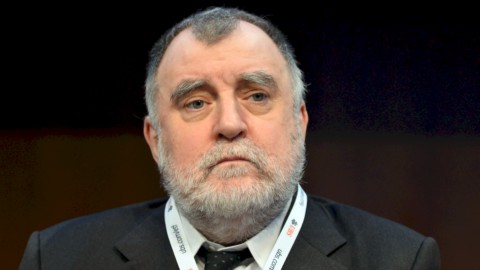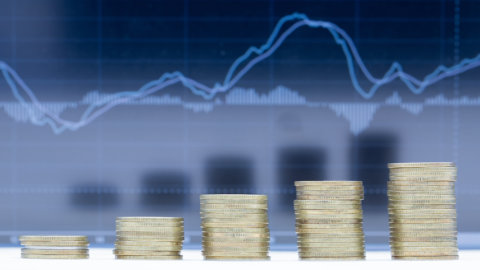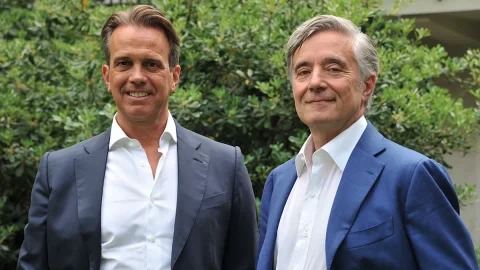Finished rally or a simple pause for reflection? That's the question many investors have been asking themselves in recent days as they witness the sell-off hitting the majors European stock exchanges. “It is also a question of understanding where we are in a race that is revealing some surprises compared to expectations,” he explains Alessandro Fugnoli, Kairos strategist, in the latest episode of his podcast al 4 floor.
The stock exchanges and that recession that doesn't exist
But what are these "surprises" that Fugnoli talks about? The first is that "global growth it's going well, maybe too well,” he notes. In America the decline in consumer demand is visible only in some sectors and overall the economy is holding up supported by full employment.
In Europe the recession has hardly been seen. “Italy and Germany, the countries where a serious crisis had come to be feared in recent months, are going through the winter without any particular shocks”, says the strategist, attributing the credit for the good performance achieved so far by the two countries to public subsidies which cushion the rises and the parallel drop in oil and gas prices.
Finally there is theAsia, where fears of a new outbreak of Covid in China following the reopenings "have proved excessive", while measures to support the economy, and in particular an expansive monetary policy, "are starting to unfold their positive effects" , underlines Fugnoli.
Falling inflation and the unknown central banks
However, the panorama is not entirely positive. There is still concern inflation which, however, seems to have interrupted its path of rapid descent.
“In reality, the problem is not the price rebound itself. Moreover, we have never seen a perfectly linear disinflationary process. The question, if anything, is that of inflation in the service sector which appears to have taken root”, explains Fugnoli who then goes on to analyze the third factor which is currently attracting the attention of the markets: the rate hike and central bank monetary policy.
“Central banks and markets are forced to reconsider their strategies – says the strategist – Le central banks, which had begun to send signs of softening, have to stop to wait for new data. In particular, if the inflation data to be published in March confirm those of February, the rise in policy rates will continue”.
What to do on the markets? Equity, monetary and bond
“That's enough for now a break in the upswing. Only further negative surprises on the inflation front will be able to create the conditions for a positive trend reversal”, affirms Fugnoli.
Sul money market and bond market, “Adaptation to the new framework has been quick and sufficient for now. The markets raised their estimates on the terminal rate by half a percentage point and reduced their expectations of rate cuts in the second half of the year”, continues the economist.
E the bags? "On the equity front, the correction was more modest, but we must not forget that for equity the probability of higher rates is balanced by the better than expected resilience of the economy and profit margins", explains Fugnoli, according to which “multiples slightly lower on the one hand, therefore, but earnings per share better than expected on the other. The result should be a sideways market until inflation and growth send clearer signals one way or the other.
At this point, analyzes the strategist, "the most probable scenario, if we try to look at 2023 as a whole, remains that of a disinflation process a little slower than what had begun to be thought and of a growth of the global economy that slows down to a limited extent without producing a noticeable recession.”
The price to pay for a scenario of this type, which would have been signed up to a few months ago, is inflation that is struggling to fall below 3.5-4 per cent. "If this is the price to pay to avoid a recession and continue to grow, it is probable that the markets will accept it", says Fugnoli, pointing out that the same assessment could be made by central banks, which in any case would not abandon the final official objective of the 2 percent.
“Stabilised inflation between 3 and 4 percent however, it would make a strong economic recovery next year difficult, as it would inevitably lead to further price tensions. In practice, 2023 would steal some growth from 2024, making the trend of the economic cycle more smooth". So what to do in the face of these uncertainties? “Distribute stock purchases over the next few months, taking advantage in particular of any corrections”, he concludes.





